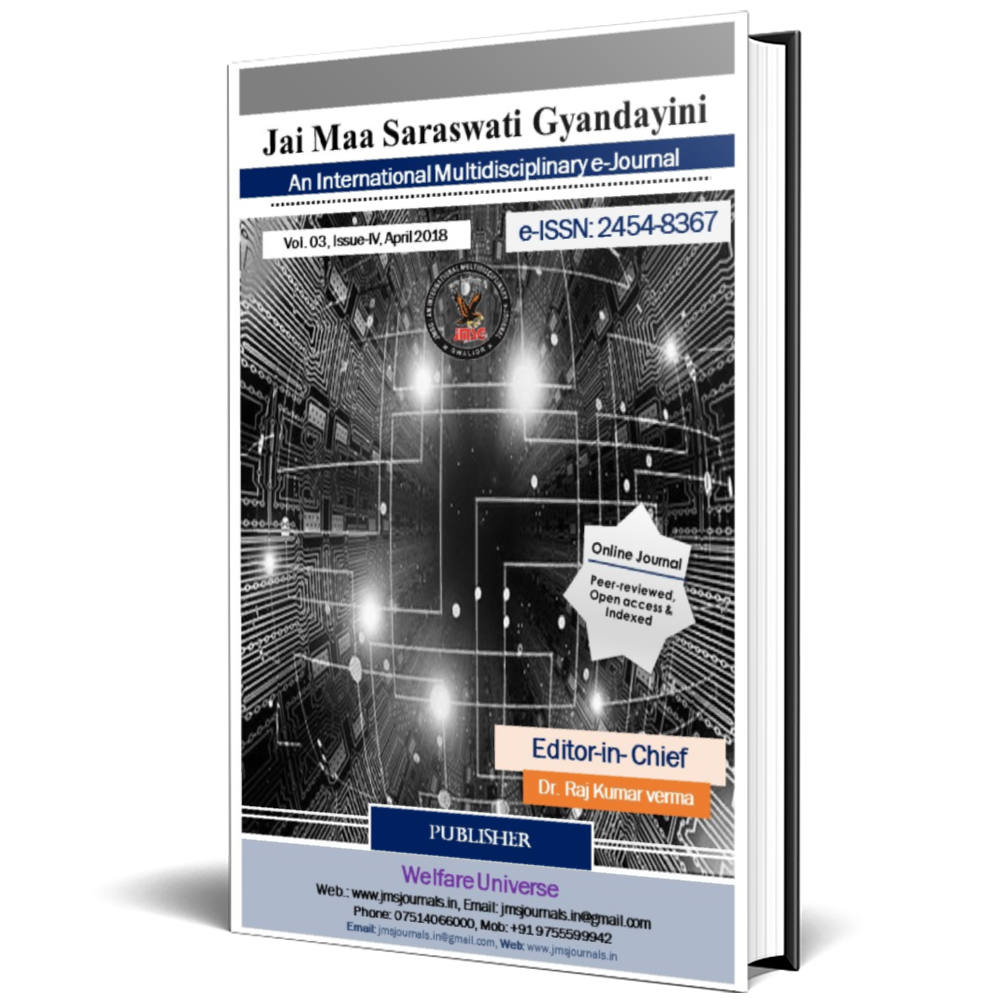Vartman Pariprekshaya Me Buddha Ke Manviya Moolyo Ki Prasangigta
Keywords:
Indian History, Human Values, Moral Development, Spirituality, Buddha, Renunciation, Ethics, Indian CultureAbstract
For the comprehensive development of any individual, society, or nation, physical or material progress alone is not sufficient; moral and spiritual development is equally essential. The pages of ancient Indian history reveal that this nation has always been the custodian of human values. Our culture has consistently emphasized following moral conduct, ethical principles, and righteous behavior.
In our history, we find many great teachers, saints, and enlightened individuals who devoted their entire lives to the protection and propagation of human values and guided society toward a noble way of life. Among such great souls, the name of Lord Buddha stands out prominently. Buddha laid immense emphasis on human values. Ultimately, his teachings on renunciation (Tyāga), self-restraint (Ātma-samyama), and compassion (Karunā) elevated the moral standards of Indian society to great heights.
The great followers of his teachings, adopting faith in compassion as their guiding principle, kept service to humanity at the center of their lives.
In the present global context where the entire world, society, and nations are becoming increasingly materialistic the integration of moral and human values taught by Buddha is more essential than ever. Without such values, human society will drift toward decline and self-destruction. Today, when the whole world is suffering from disorder and restlessness, Buddha’s human and moral values are becoming even more relevant and necessary.
Metrics
References
Mishra, Ramesh: Dhammapada (Hindi Translation), Medius Press, Pvt. Ltd., Allahabad, First Edition, 2022, p. 7.
Dharmakirti, Mahākṣatriya: Works, pp. 161–225.
Dharmajñāna, Dr. Mishra: Dhammapada (1/5), Chapter 5.
Gupta, Dr. Hariprasad: Buddha: Message of Universal Humanity, p. 30.
Shukla, Paramanand (Ed.): Buddhavachan Vangmay (Teachings of the Buddha), p. 53 and onwards.
Meenakshi, I.P. (Ed.): Great Buddhist Literature, Publications of the Buddhist Institute, Series No. 98, p. 2.
Bhattacharya, B.: Indian Buddhist Iconography, pp. 344–352.
Vidyalankar, Satyadev: Religion in Ancient India: Social and Economic Life, p. 61.
Dharmajñāna, Dr. Mishra: Dhammapada (Buddha Chapter 5), p. 60.
Upadhyaya, Raghunath Prasad: Lord Buddha, p. 130.
Shastri, Shankarlal: Bodhi Philosophy (6/41), p. 48.
Downloads
Published
How to Cite
Issue
Section
License

This work is licensed under a Creative Commons Attribution-NonCommercial 4.0 International License.









